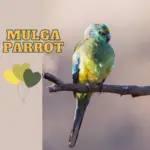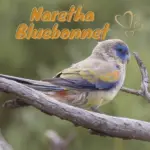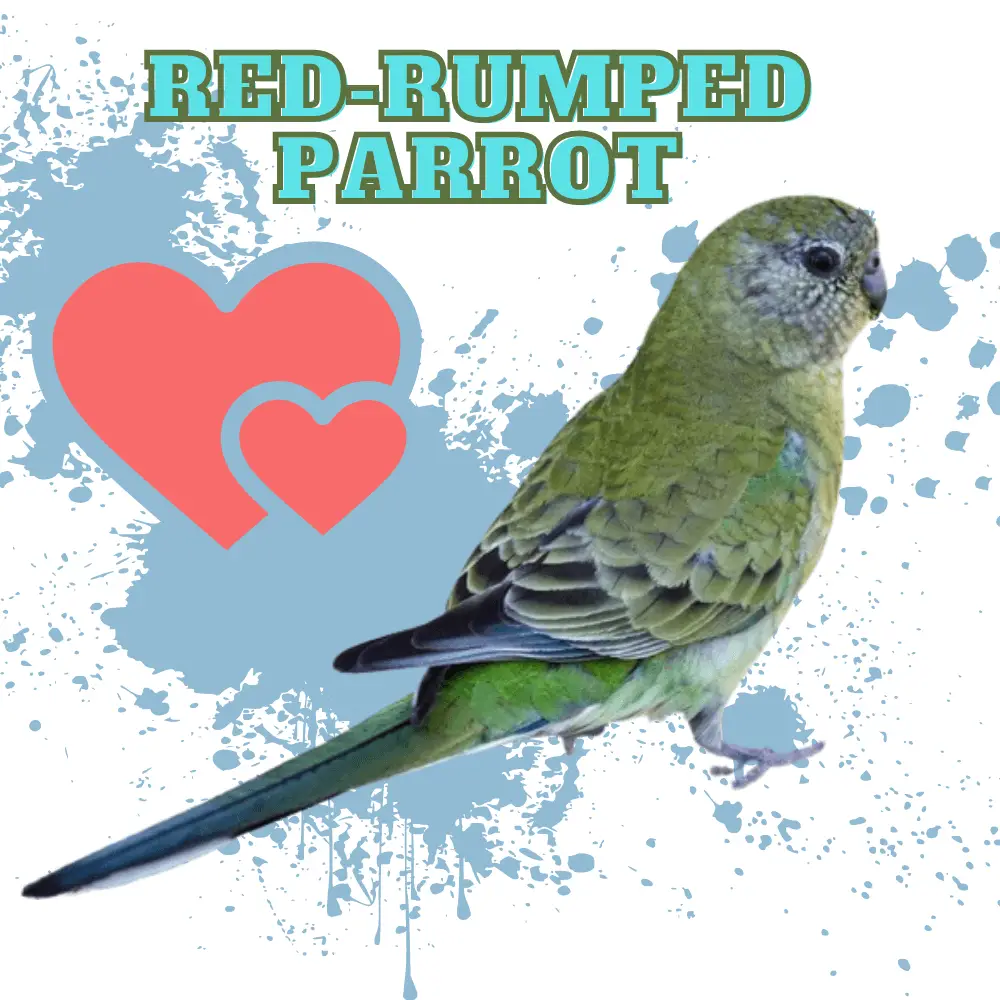
Red-rumped Parrot 27 cm; 54–70 g. Head and breast grass green, with a blue tinge on the forehead and lower cheeks; belly yellow shading to white on under tail-coverts;
mantle, back and scapulars glaucous green, median wing-coverts edged pale yellow, remaining wing-coverts edged pale blue-grey, primaries blackish edged blue; rump red, upper tail-coverts green, tail dark green-tipped blackish, outer feathers tipped and edged whitish.
Red-rumped Parrot Female dull brownish-green above, yellowish olive below. Immature similar to females but duller. Race caeruleus paler and bluer.
Editor’s Note: This article requires further editing work to merge existing content into the appropriate Subspecies sections. Please bear with us while this update takes place.
Two subspecies were recognized of the Red-rumped Parrot.
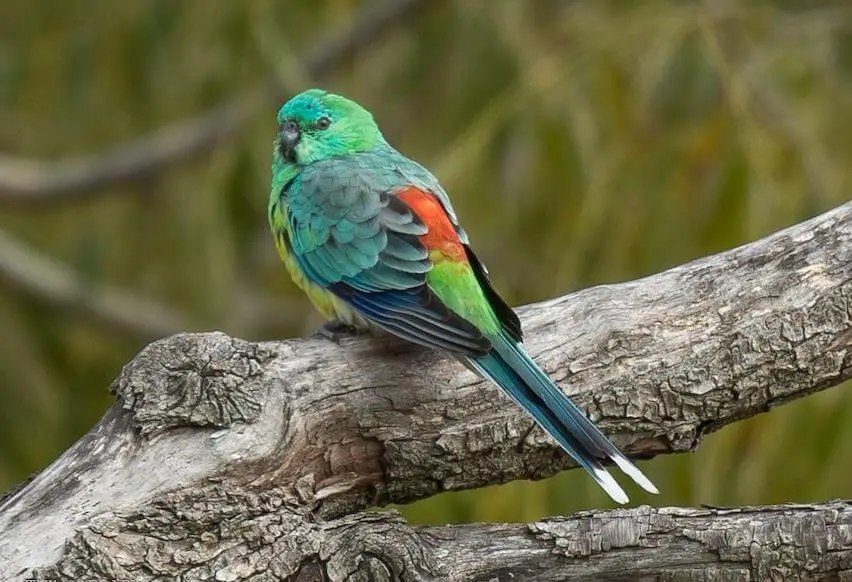
Distribution
Editor’s Note: Additional distribution information for this taxon can be found in the ‘Subspecies’ article above. In the future, we will develop a range-wide distribution article.

Habitat
Open woodland, mallee, savanna grassland, riverine growth, notably with Eucalyptus camaldulensis, and in one locality mangroves; also farmland and urban areas; apparently up to around 1100 m.
Movement
Sedentary, except at edges of range, where local movements occur.
Red-rumped Parrot Diet

Red-rumped Parrot Seeds and green tissues of grasses and herbaceous plants, e.g. Erodium botrys, Foeniculum, Boerhavia, Kochia, Linum, Echinochloa crusgalli, Onopordon acanthium, Synara cardunculus,
Echium plantagineum, Papaver hybridum, and Stellaria media, occasionally in eucalypts on seeds and flowers; also seen feeding on seed-capsules of Goodenia ovata, fallen seeds of Schinus area, fruits of Nitraria.
Sounds and Vocal Behavior
Red-rumped Parrot call is a high-pitched tinkling “tlee” or “see-tlee”, repeated in loose series. When perched, utters song-like phrases consisting of pure whistles and more grating notes, and short subdued warbles or squabbles.
Red Rumped Parakeet Bird Call Bird Song
SOURCE: Sounds Majestic
Red-rumped Parrot Breeding
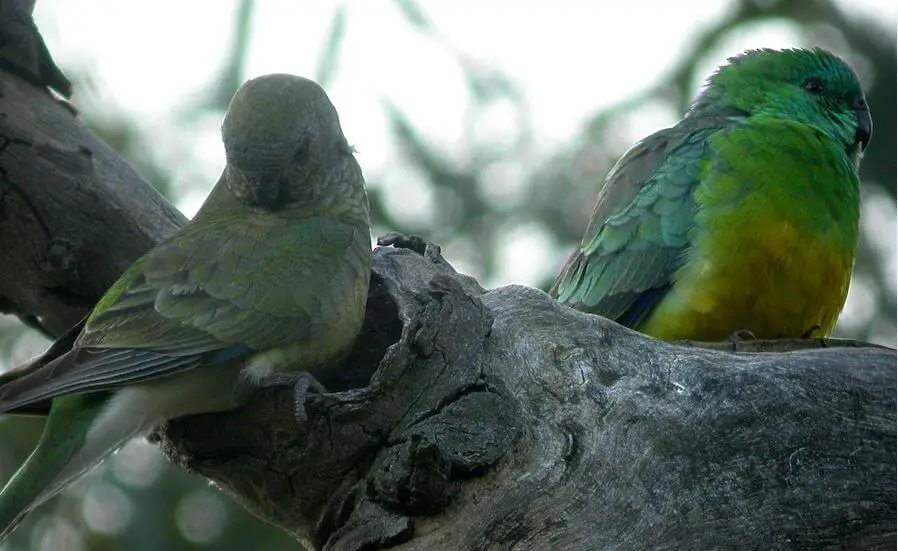
Aug–Jan, once Apr. Red-rumped Parrot Nest in hollow limb or hole in a tree, usually a eucalypt near water, but also stumps, fence posts, and in farm and suburban buildings, sometimes colonially.
Eggs 4–8, usually five, size (in captivity) 21·9–23 mm × 17·5–19·4 mm; incubation lasts 19 days; nestling period c. 4 weeks.
Conservation Status
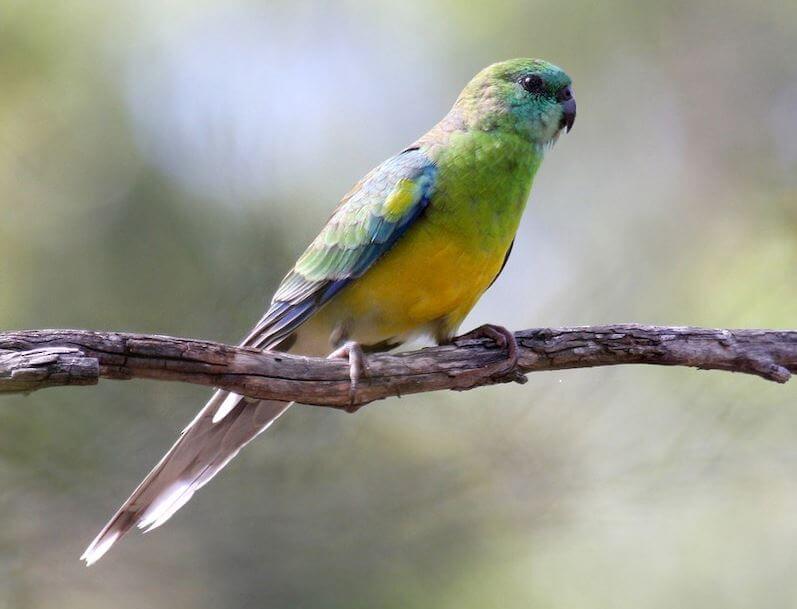
Not globally threatened. CITES II. Common to abundant throughout its range.
Although at the start of the twentieth century it was reportedly declining owing to overgrazing and a disease outbreak, after mid-century it was found to have expanded its range E and W, apparently in response to forest clearance and cereal cultivation.

